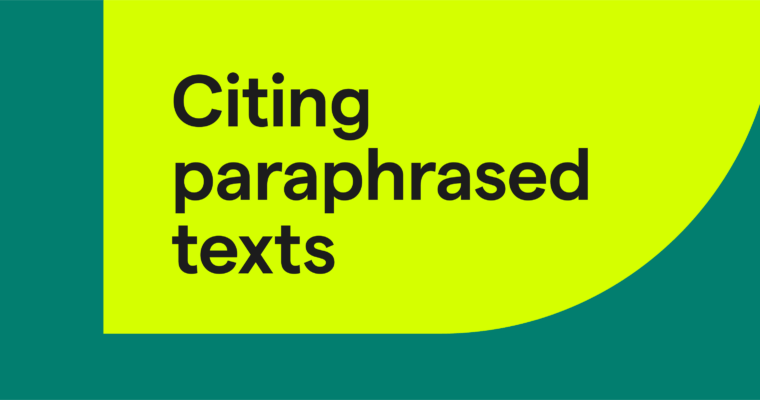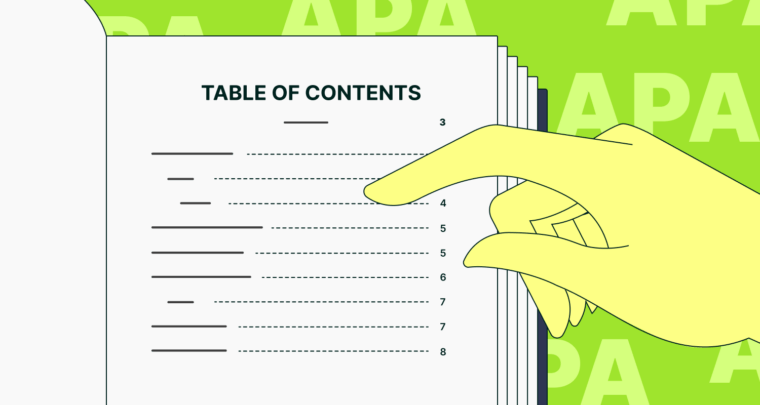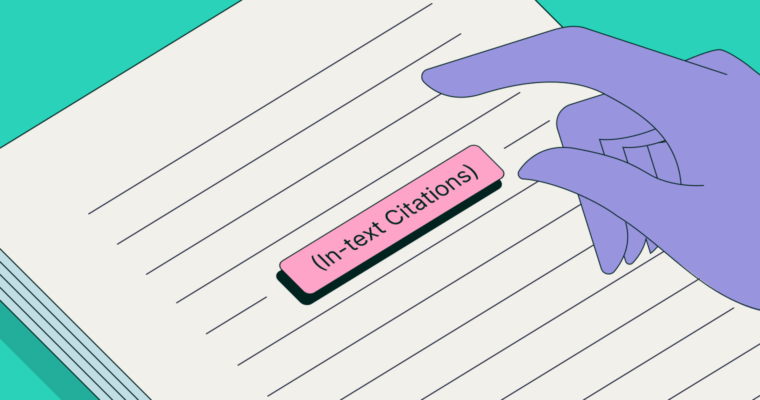
An annotated bibliography is a type of bibliography that includes a comment by the author about the source in addition to the source’s publishing information. The author’s notes, or annotations, can discuss anything relevant to the topic, such as the source’s accuracy, the context in which it was written, or even your personal views on the source.
Annotated bibliographies are sometimes a requirement in assignments, so it’s a good idea to learn their rules. Below, we explain how to write an annotated bibliography in APA, MLA, and Chicago formats. We even include an annotated bibliography example for each.
What is an annotated bibliography?
Annotated bibliographies are a type of bibliography with notes from the author on each source. These notes are called “annotations” and generally run around 50–150 words. The notes themselves have a very specific format, depending on the style guide used, as explained below.
What do annotated bibliography notes talk about?
Annotations in bibliographies can discuss anything relevant to the paper’s or book’s topic or give context to the reader so they can better understand the source. There are no formal restrictions on what annotations can be about, but in general, they usually fall into these categories:
- a brief overview of the source
- the background of the source’s author
- context about how or why the source was written
- the accuracy of the source
- any biases the source shows
- anything the source doesn’t address
- elements of the source that are particularly useful, like graphs or charts
- your personal views on the source
How to cite sources in an annotated bibliography
Annotated bibliographies cite their sources the same way as any other type of bibliography, including a works cited page or reference list. Simply follow the standard rules for whatever format you’re using when writing the full citation.
If you need help, Grammarly’s auto-citation feature can automatically create a citation if you’re using one of the ten most popular online source websites: Wikipedia, Frontiers, PLOS One, ScienceDirect, SAGE Journals, PubMed, Elsevier, DOAJ, arXiv, or Springer. Otherwise, feel free to use our free citation generator to create a full citation in whatever style you need.
How to write an annotated bibliography in APA, MLA, and Chicago
How to write an annotated bibliography in APA
Annotated bibliographies in APA follow the same rules for page margins, font, and line spacing as other pages in the APA format, which you can find in the link.
The annotations for an annotated bibliography in APA, however, follow specific formatting rules:
- Annotations appear underneath the source they refer to.
- Use an indentation of 0.5 inches from the left margin (1.5 inches from the edge of the page) for all lines of the annotation, just like a block quote.
- The first line of an annotation does not get indented any further; use the same indentation as the other lines.
- If the annotation spans more than one paragraph, use an extra indentation of 0.5 inches (2 inches from the edge of the page) for the first line of any paragraphs after the first. Again, this follows the same format as block quotes.
- Sources are organized in alphabetical order by the creator’s surname, or last name (which comes first in citation entries).
How to write an annotated bibliography in MLA
The MLA format offers guidelines on both the formatting and content of annotations:
- Annotations should “describe or evaluate sources.” They should not discuss minor details, cite evidence, quote the source, or re-list the points in the source’s argument.
- Annotations can be written in either complete or incomplete sentences.
- Place annotations underneath the citation.
- Indent your annotation an additional 1 inch from the start of the entry (2 inches from the edge of the page). This differentiates it from the citation’s first indent (1 inch from the edge of the page) and its hanging indent (1.5 inches from the edge of the page).
- If the annotation spans more than one paragraph, use an extra indentation of 0.5 inches (2.5 inches from the edge of the page) for the first line of any paragraphs after the first.
- Title the page either “Annotated Bibliography” or “Annotated List of Works Cited.”
- You can choose whether to organize sources by the subject, date of publication, or alphabetically by author or title.
How to write an annotated bibliography in Chicago
Because the Chicago format is designed to be flexible, its rules for annotated bibliographies are more open-ended than the other formats. Here are the guidelines for how to write an annotated bibliography in Chicago style:
- If annotations are short and/or not included for every source, you can place annotations in brackets directly after the full citation, on the same line. If annotations are more detailed, start them on a new line underneath the full citation.
- Each line of an annotation is indented an additional 0.5 inches from the start of the entry (1.5 inches from the edge of the page). It should be equal to the hanging indent of the full citation.
- Annotated bibliographies may contain an author’s note at the top of the page. This should provide context about why the author chose these sources or how the page is organized.
Annotated bibliography examples
Annotated bibliography example for APA
Diamond, J. (1997). Guns, Germs, and Steel: The Fates of Human Societies. W. W. Norton & Company. This book, which won the Pulitzer Prize, attempts to answer the question of why some civilizations succeeded while others faded away into history. Author Jared Diamond emphasizes the environmental and geographical influences on a civilization as factors for success, more than a civilization’s culture or race. While this book proves scientifically that race is inconsequential in the success of a civilization, critics accuse Diamond of reducing the whole of human history down to “environmental determinism.”
Annotated bibliography example for MLA
Diamond, Jared. Guns, Germs, and Steel: The Fates of Human Societies. New York, W. W. Norton & Company, 1997. This book, which won the Pulitzer Prize, attempts to answer the question of why some civilizations succeeded while others faded away into history. Author Jared Diamond emphasizes the environmental and geographical influences on a civilization as factors for success, more than a civilization’s culture or race. While this book proves scientifically that race is inconsequential in the success of a civilization, critics accuse Diamond of reducing the whole of human history down to “environmental determinism.”
Annotated bibliography example for Chicago
Diamond, Jared. 1997. Guns, Germs, and Steel: The Fates of Human Societies. New York: W. W. Norton & Company. This book, which won the Pulitzer Prize, attempts to answer the question of why some civilizations succeeded while others faded away into history. Author Jared Diamond emphasizes the environmental and geographical influences on a civilization as factors for success, more than a civilization’s culture or race. While this book proves scientifically that race is inconsequential in the success of a civilization, critics accuse Diamond of reducing the whole of human history down to “environmental determinism.”
Annotated bibliography FAQs
What is an annotated bibliography?
An annotated bibliography is a type of bibliography that includes a comment by the author about each source in addition to the source’s publishing information. The author’s notes, or annotations, discuss anything about the source that’s relevant to the topic, such as its accuracy, bias, or the context in which it was written.
How does it differ from a regular bibliography?
Just like other bibliographies, annotated bibliographies list the sources cited in the work, along with their publishing details. The difference is that annotated bibliographies also include notes from the author with extra information, whereas regular bibliographies do not.
How is an annotated bibliography structured?
The structure of annotated bibliographies depends on the formatting style: APA, MLA, or Chicago. Although each style has its own formatting rules, in general, the annotation comes after the full citation and is often indented in the same manner as block quotes.





